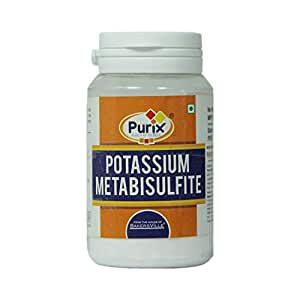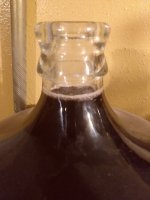Recently refilled my campden tablets through a new supplier and have found twice now they aren't dissolving. In the past I have crushed them into powder, sprinkled the powder across the top of fruit/water while thawing to sterilize for a day before primary fermentation. Or, crushed and sprinkled in the bottom of a carboy before transferring primary to secondary for aging. I have done both in the past few days and neither of which has dissolved, I know some say to dissolve in water then add, but I'm curious why I have never had to do this in the past and now the only difference which I believe may be the cause is a new brand of campden.
Thoughts?
Thoughts?









